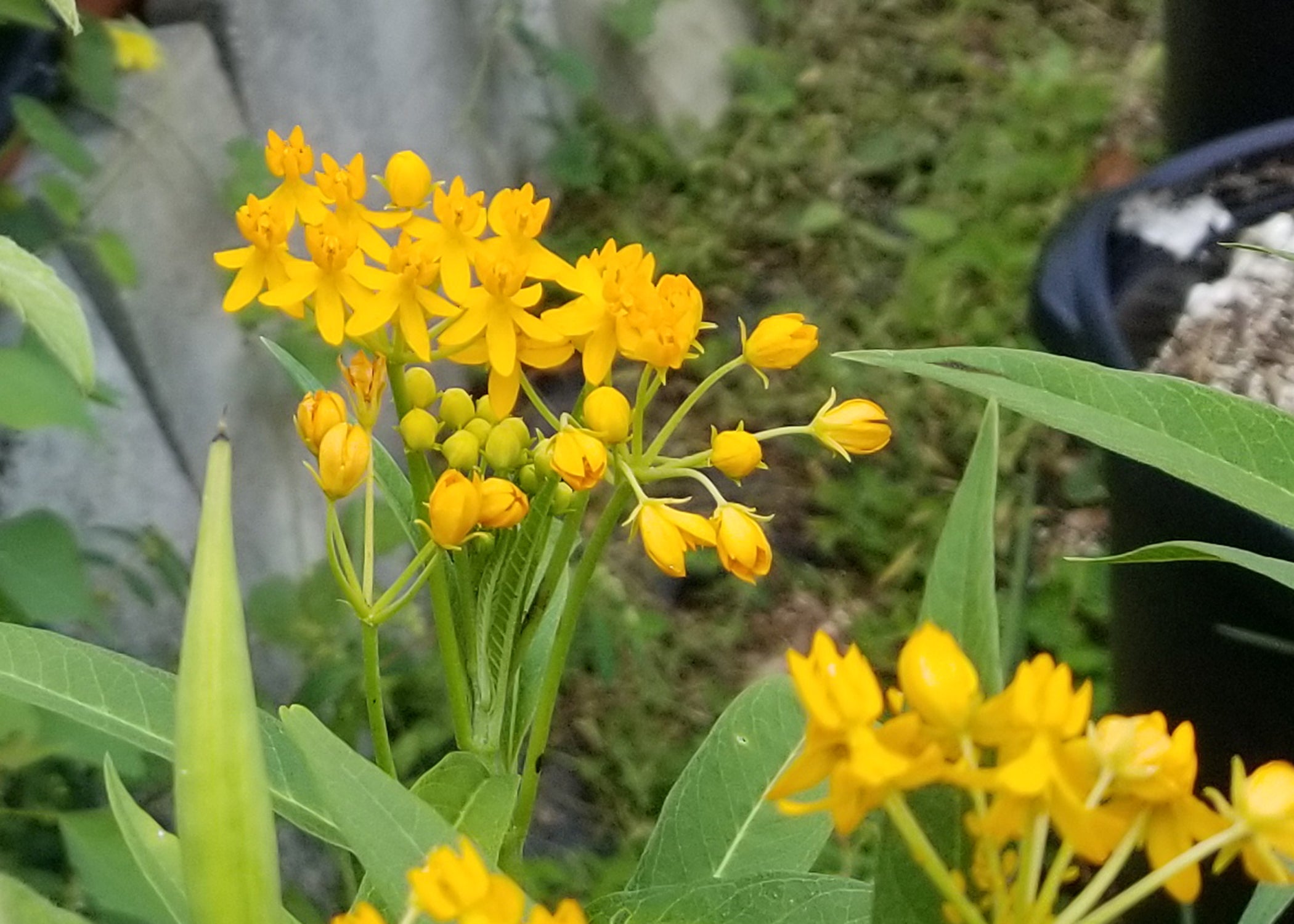Plant butterfly weed species to provide monarch habitat
Published 3:57 pm Monday, June 20, 2022

- BUTTERFLYWEED -- Butterflyweed and plants related to it are the primary forage for Monarch caterpillars. (Photo by MSU Extension/Gary Bachman) Alt text -- Yellow flowers bloom atop grassy plants. ###
By Gary R. Bachman
MSU Extension Service
Most gardens and landscapes are planned for either beauty or utility. We want pretty places to live in and look at, and we like to eat fresh fruit and produce that we have grown.
But there are other reasons to prepare a garden or landscape. One of the most fun and rewarding reasons is to make room for butterflies and other pollinators. Today, I want to talk about how to make your landscape welcoming to monarch butterflies.
The monarch butterfly could be called America’s Butterfly. Although it is found outside this continent, the North American monarch is one of the most recognizable and loved of all insects. The annual migration of the North American monarch is one of the most unusual, as it is the only insect known to make a two-way migration, similar to that of migrating birds.
Monarch butterflies living in eastern North America have a second home in the Sierra Madre Mountains of Mexico. Monarchs living in the West overwinter in California. These beautiful insects successfully navigate a trip of up to 3,000 miles twice in their brief lifetimes.
You probably easily recognize the brilliant coloring of the large monarch butterflies. They have two sets of deep-orange wings with black borders and veins, and white spots along the edges. As a caterpillar, it striped in yellow, black and white bands and reach up to 2 inches long before it becomes a light-green chrysalis with tiny, yellow spots.
As gardeners, we can help them the most at their caterpillar stage when they have voracious appetites.
Butterfly weed, known scientifically as the Asclepias species, and related plants provide the primary forage for monarch caterpillars. In garden centers, you are most likely to find Asclepias tuberosa, a Mississippi native, and Asclepias curassavica, a non-native tropical plant.
Tropical milkweed, which is the common name for Asclepias curassavica, has the potential to cause problems because the plant doesn’t die back to the ground in the winter.
A protozoan parasite of monarch butterflies known commonly as “OE” can live on the milkweed leaves and be transmitted to caterpillars. In adult monarchs, high levels of OE have been linked to a variety of negative factors, including lower migration success, reduced body mass and a shortened lifespan.
If you decide to grow tropical milkweed in your garden, you are advised to cut the tropical milkweeds plants back to the ground to help prevent the spread of this parasite.
The good news is that native milkweeds die back after blooming, killing any parasites living on them. Mississippi has up to 14 different milkweed species that are native. That gives us the ability to make a lot of habitat available to monarch butterflies.
The Mississippi State University Crosby Arboretum in Picayune has been leading the way in promoting these lesser-known native species. In fact, that’s where I learned about seven new-to-me milkweed species I’m growing this summer.
Find more about these native milkweeds at http://crosbyarboretum.msstate


